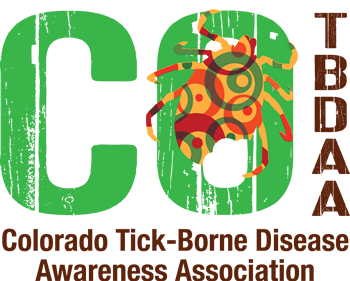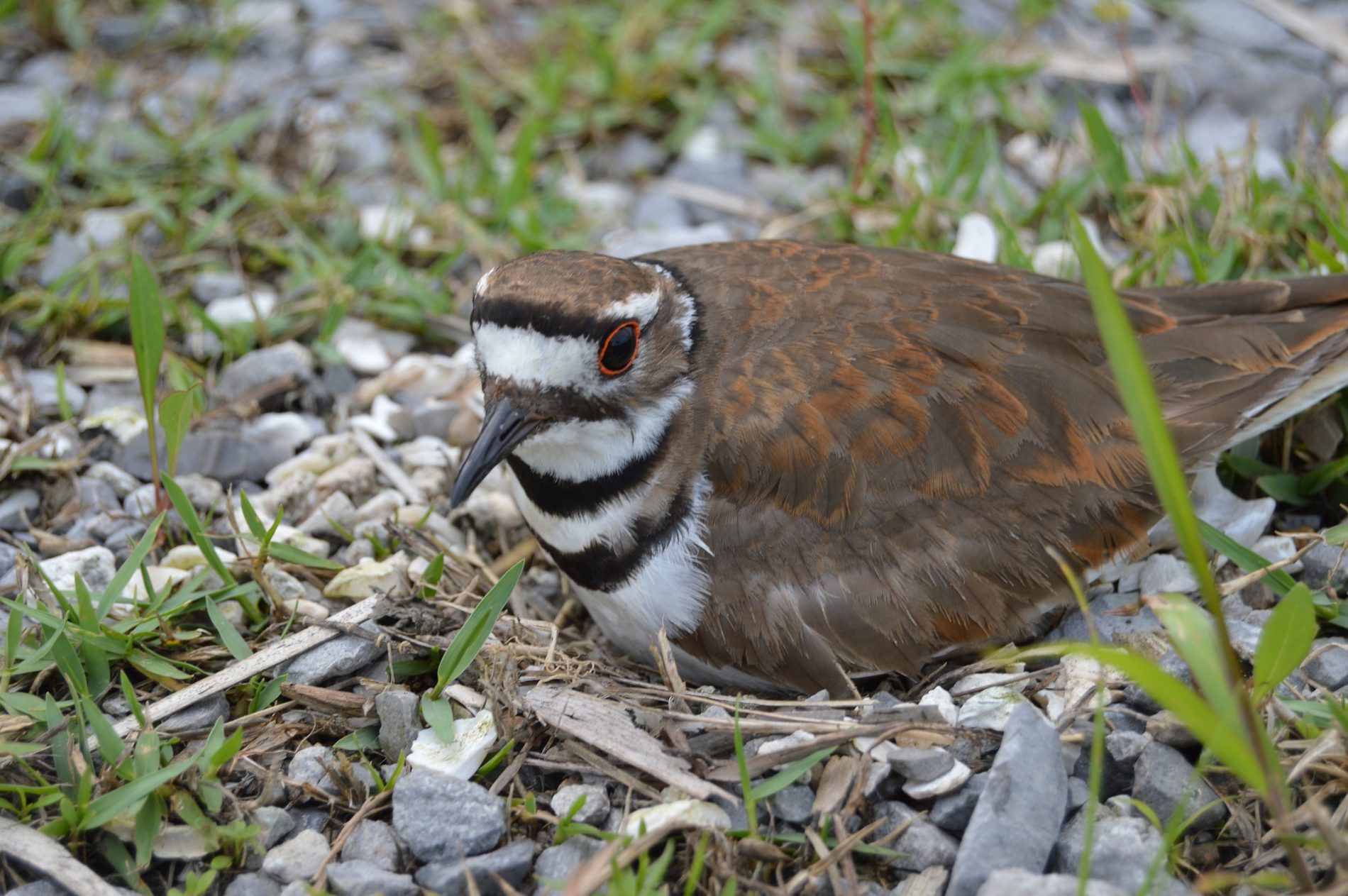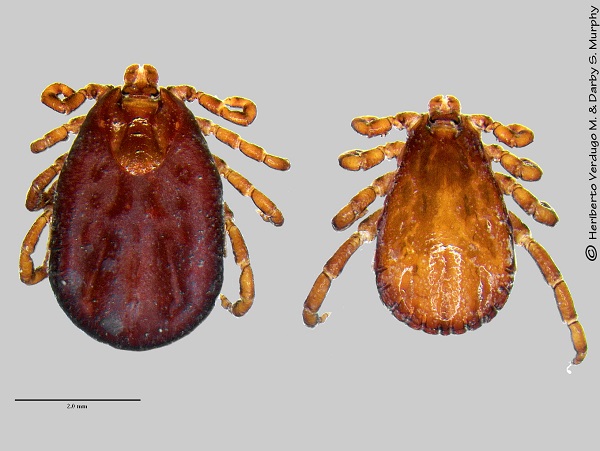Ixodes baergi
[vc_row][vc_column width="2/3"][vc_column_text] Ixodes baergi Distribution In the US, Ixodes baergi occurs in Arkansas, Colorado, Illinois, Michigan, Oklahoma, Texas. It also occurs in Ontario, Canada and it may be present undetected elsewhere in association with its typical hosts, cliff swallows. Hosts Ixodes baergi are associated with their host, the cliff swallow. Larvae and nymphs feed on adult birds, whereas adult females feed on nestlings and have a specific drop-off rhythm that occurs between 2200 (10 p.m.) and 0400 hrs. (4 a.m.). Males were not collected from hosts; they rested nearby (on culvert walls), suggesting that they may not feed as adults. In Texas, this species appears to overwinter as larvae. Vector Status An uncharacterized, transovarially transmitted arbovirus (Bunyaviridae), was isolated from I. baergi in Oklahoma. Resources H Joel Hutcheson, James W Mertins, Boris C Kondratieff,...








